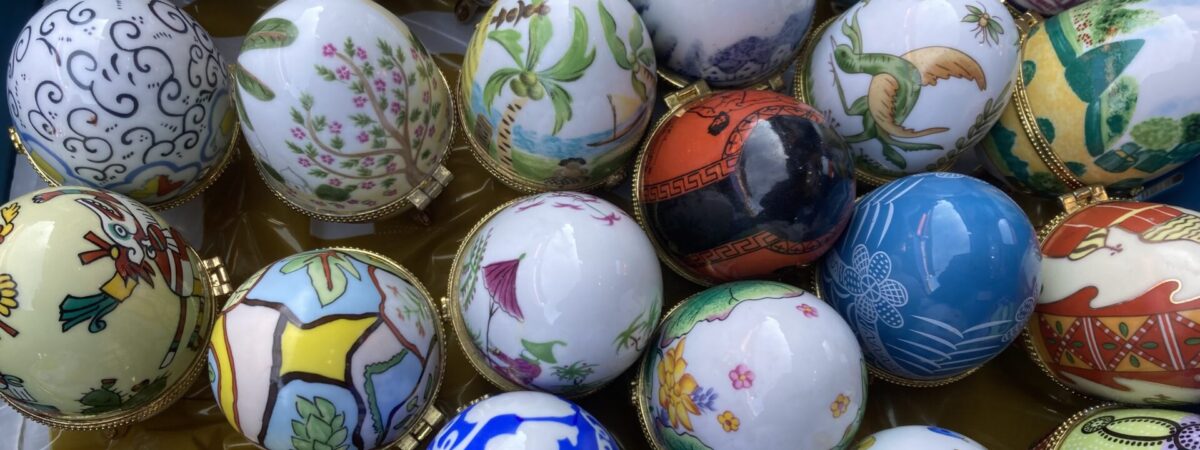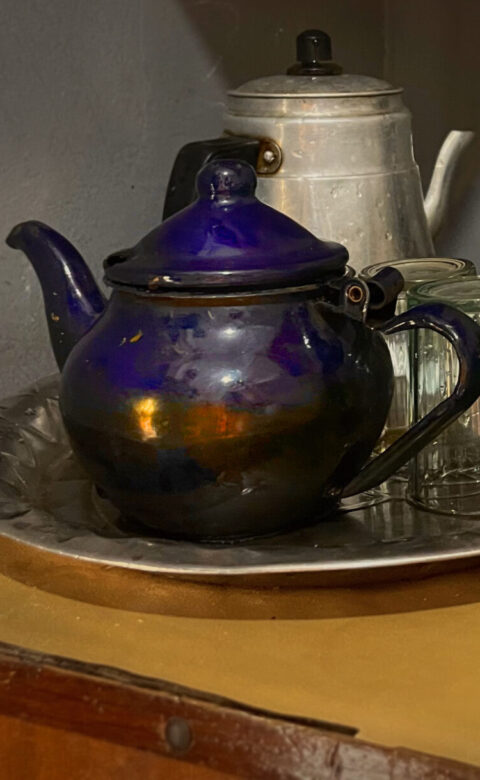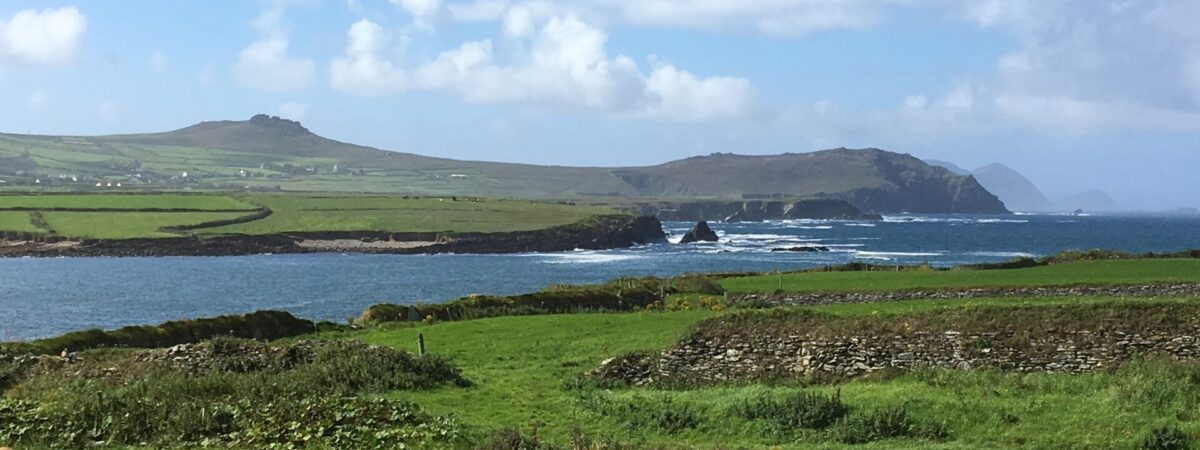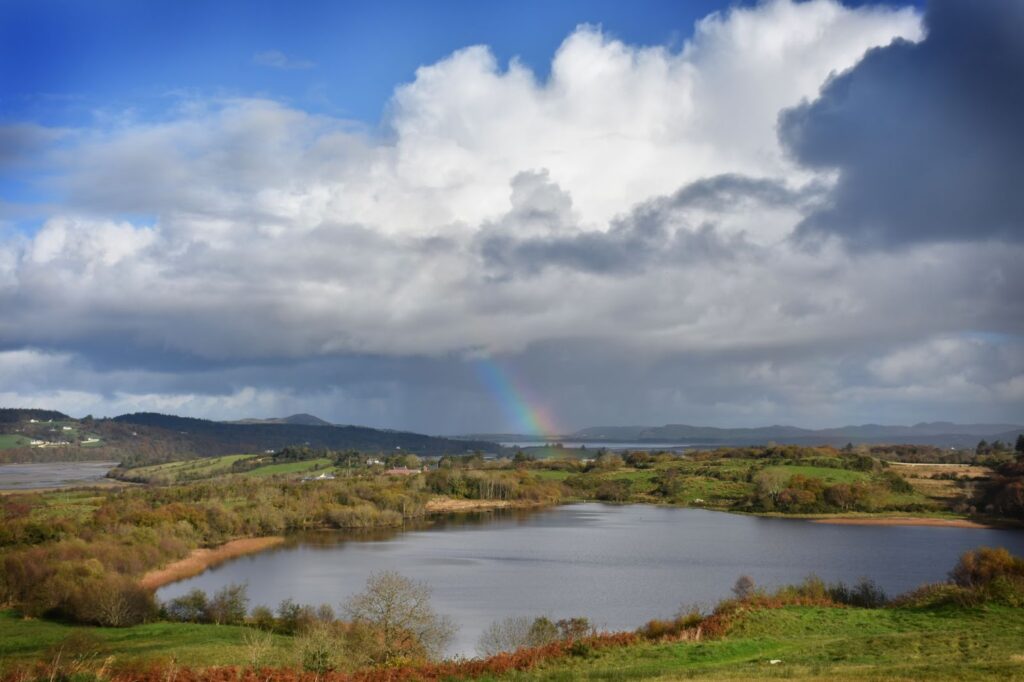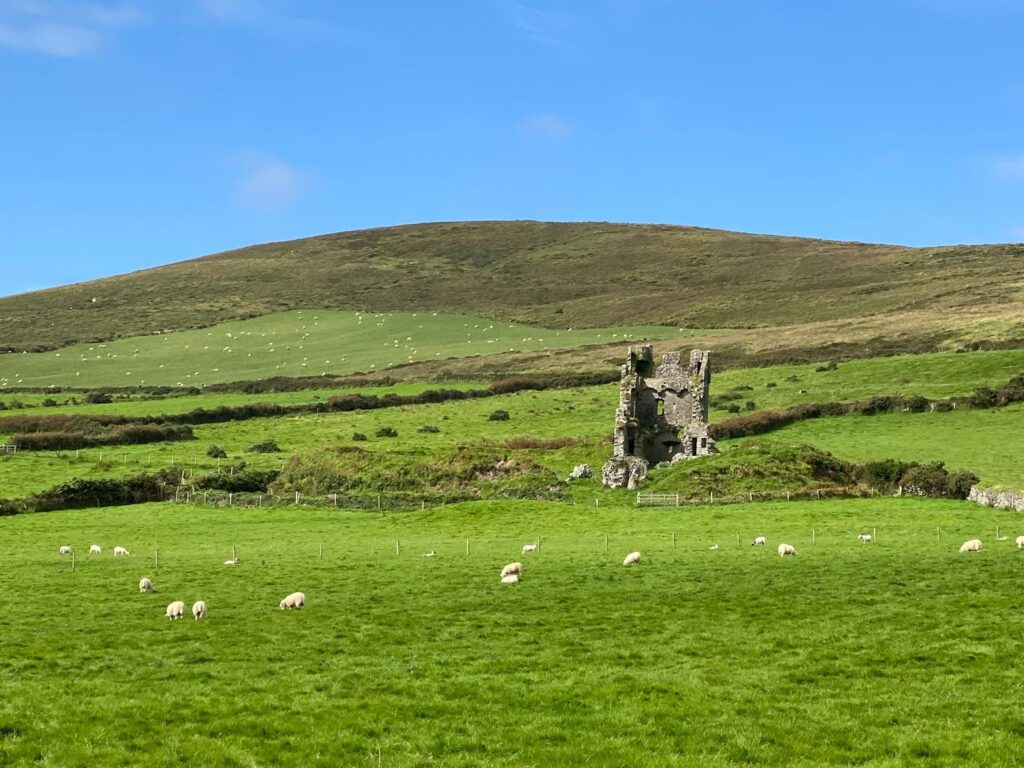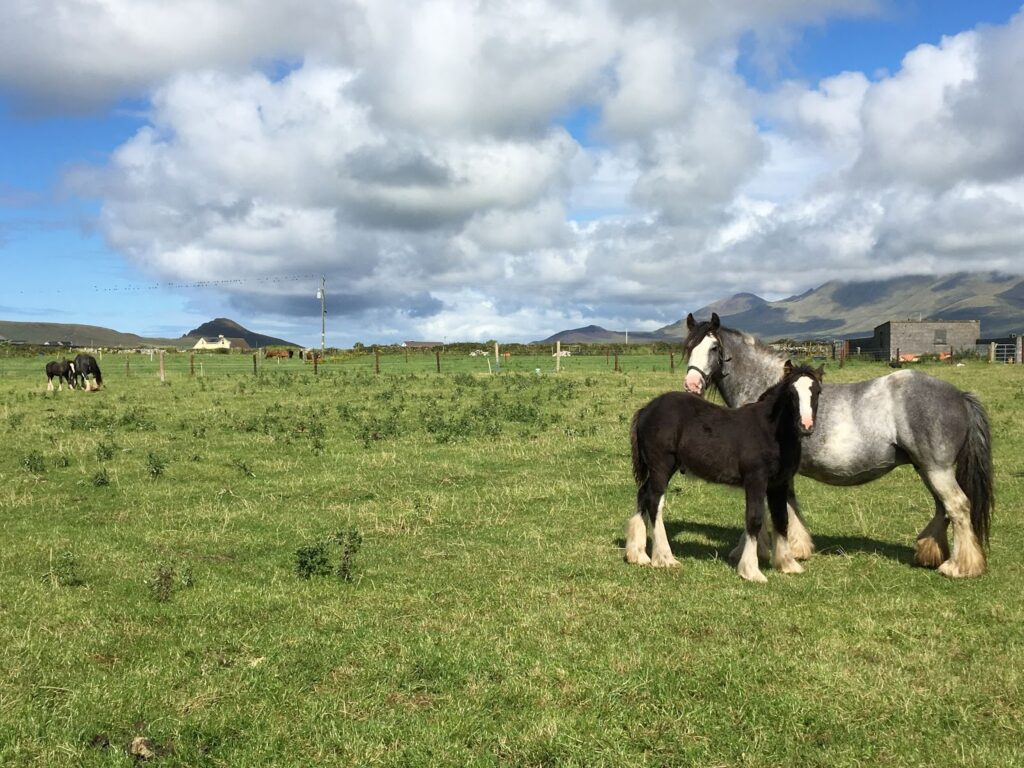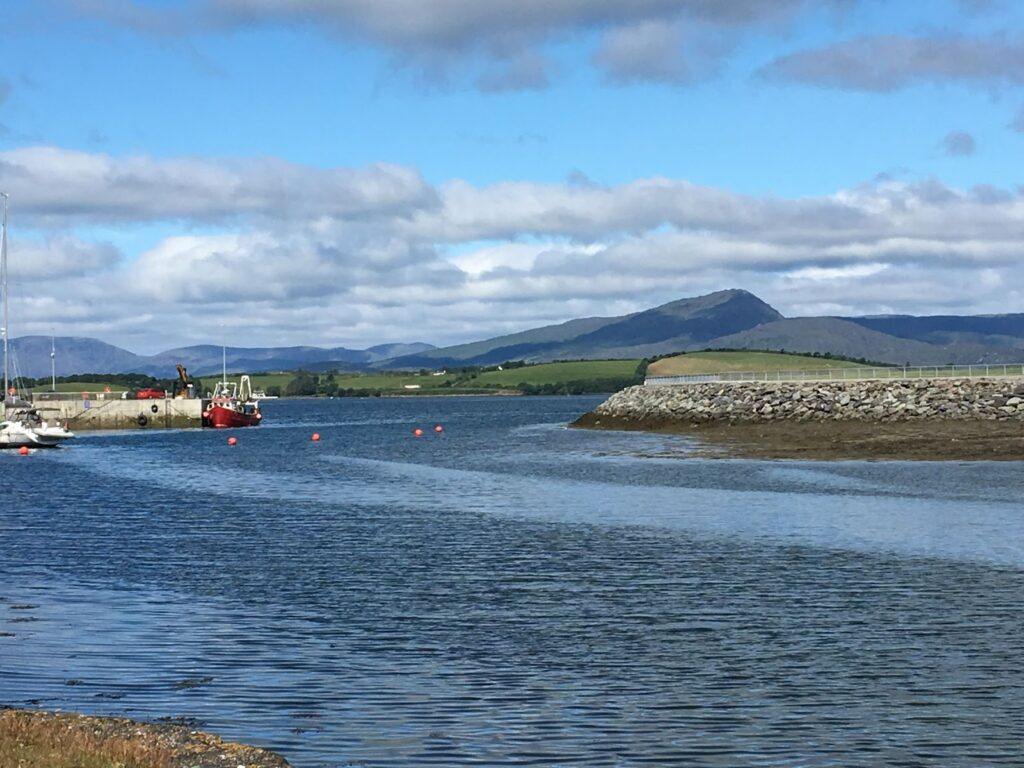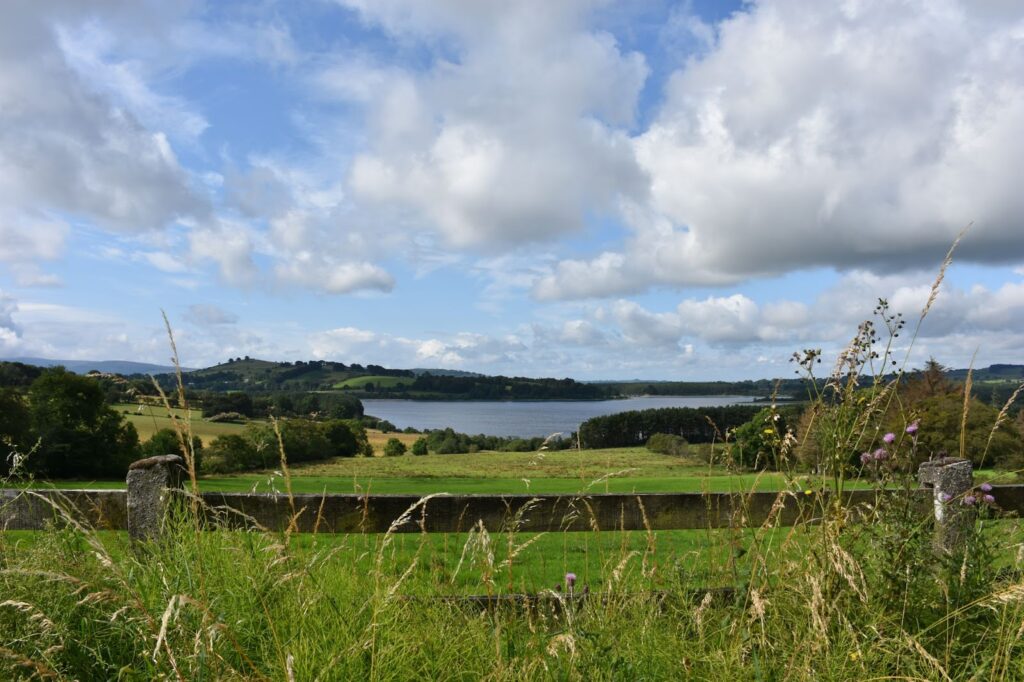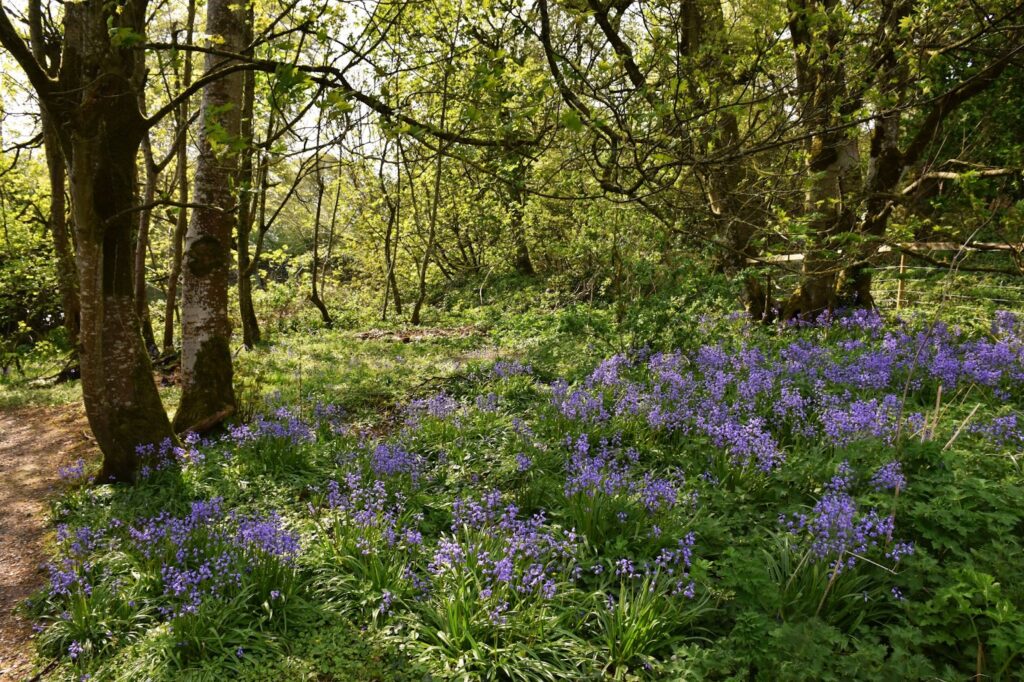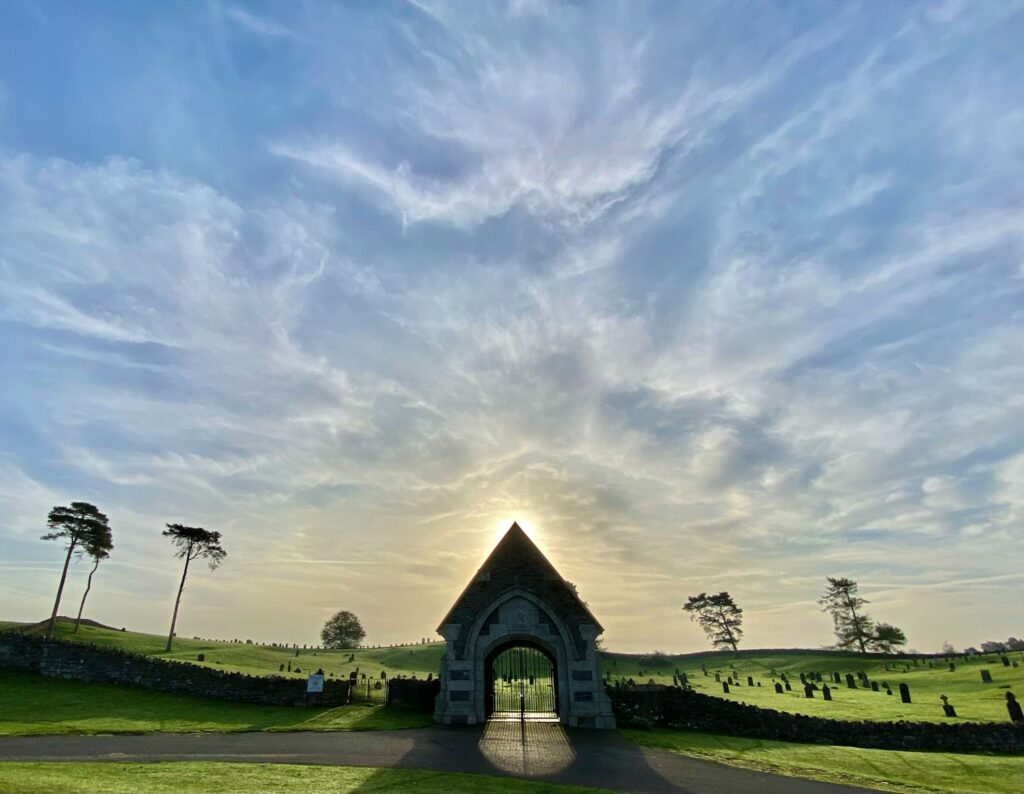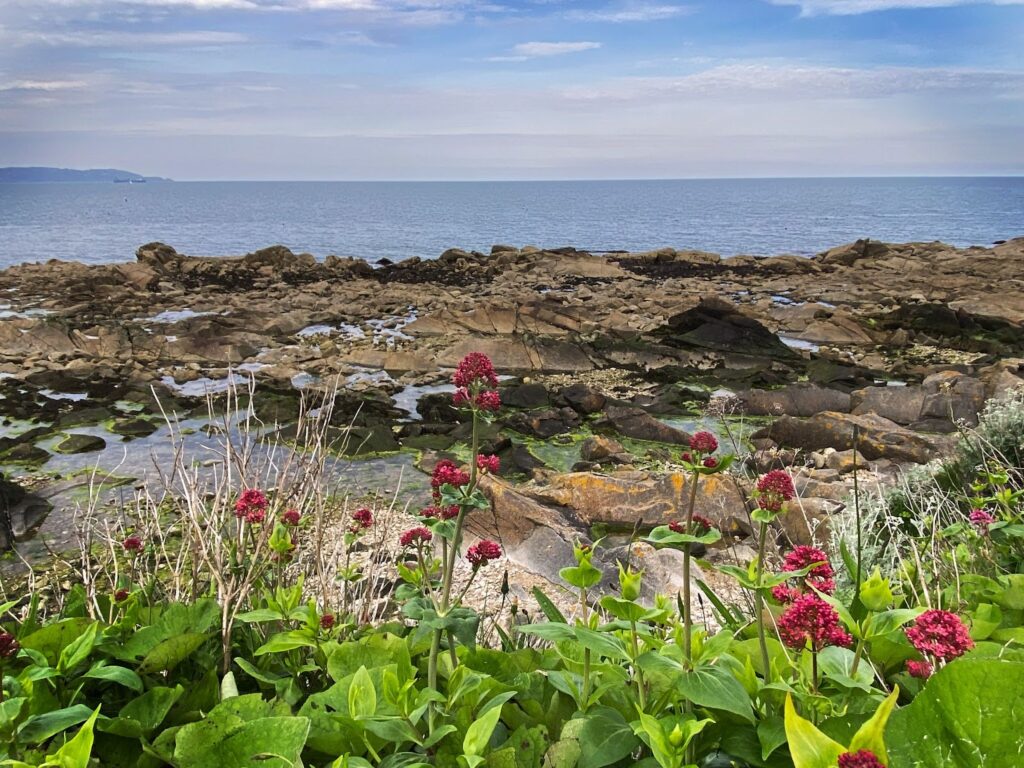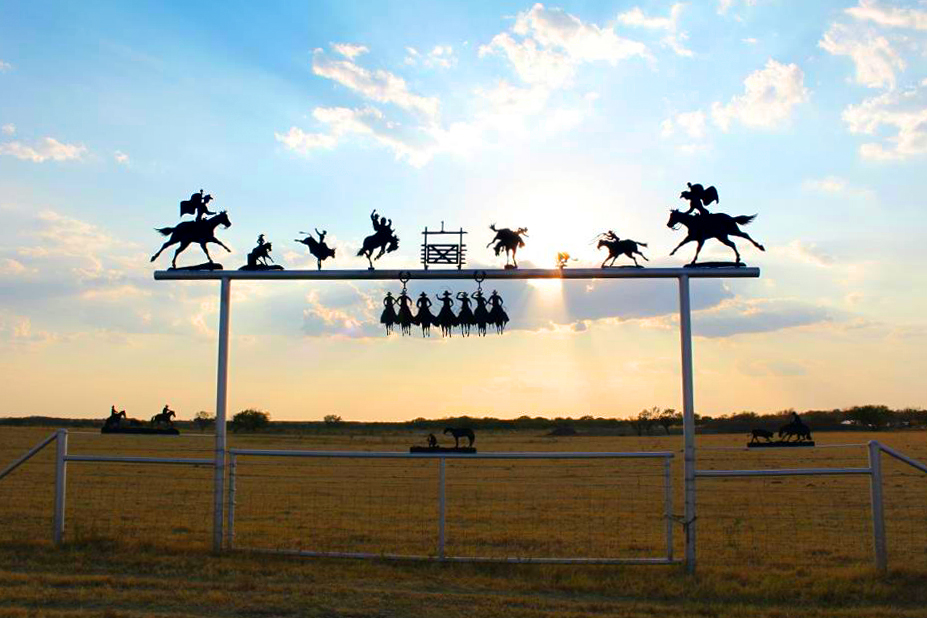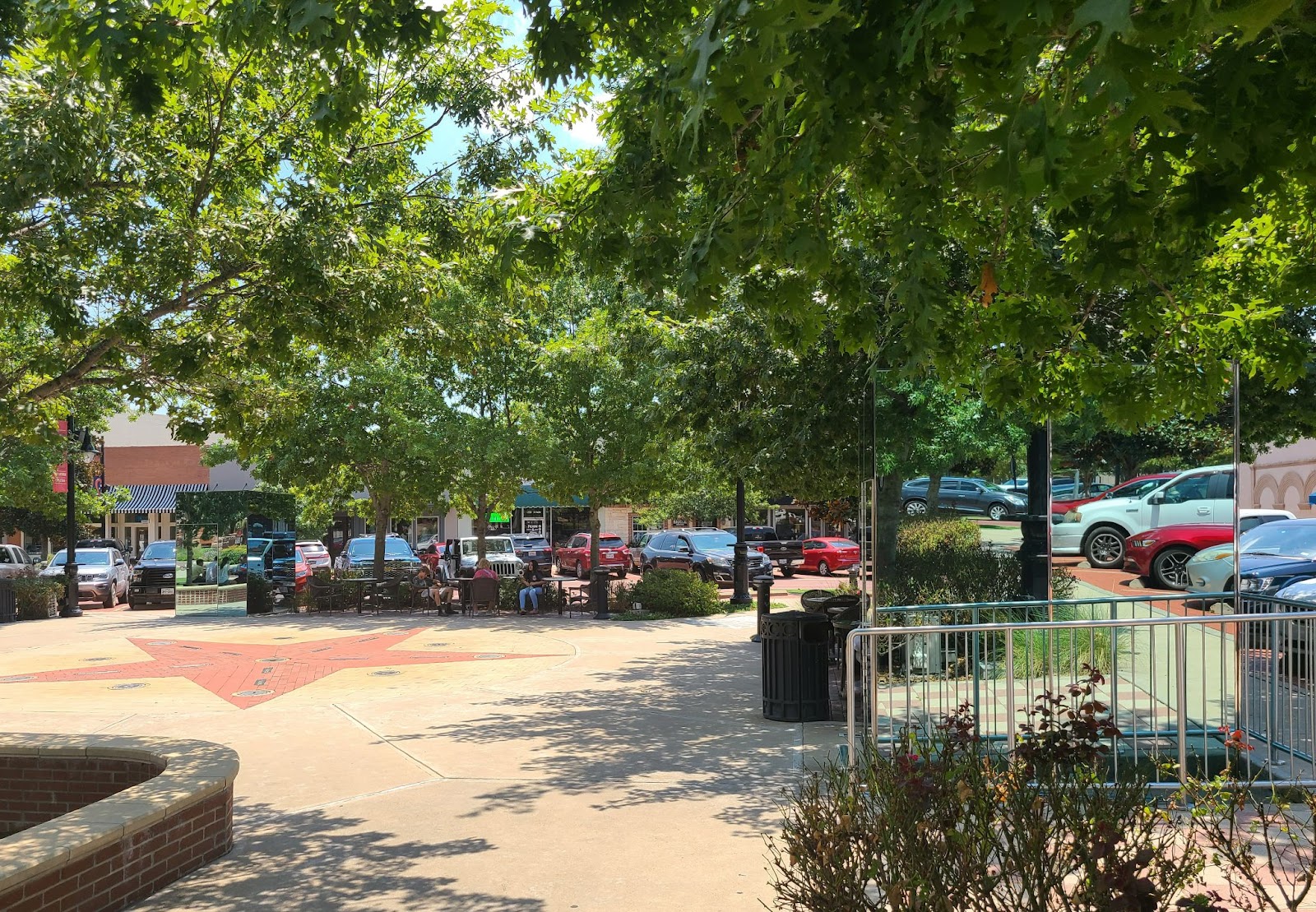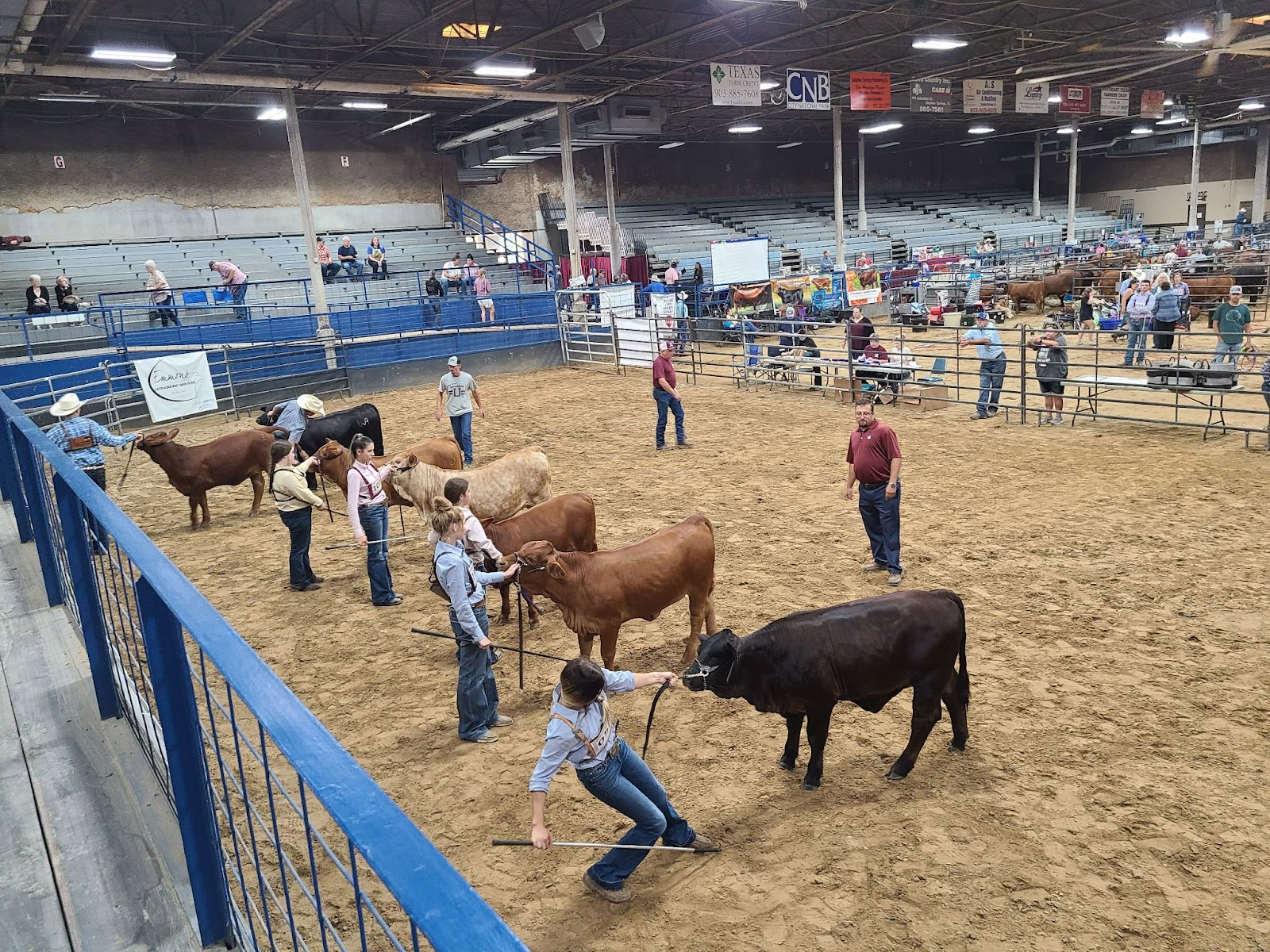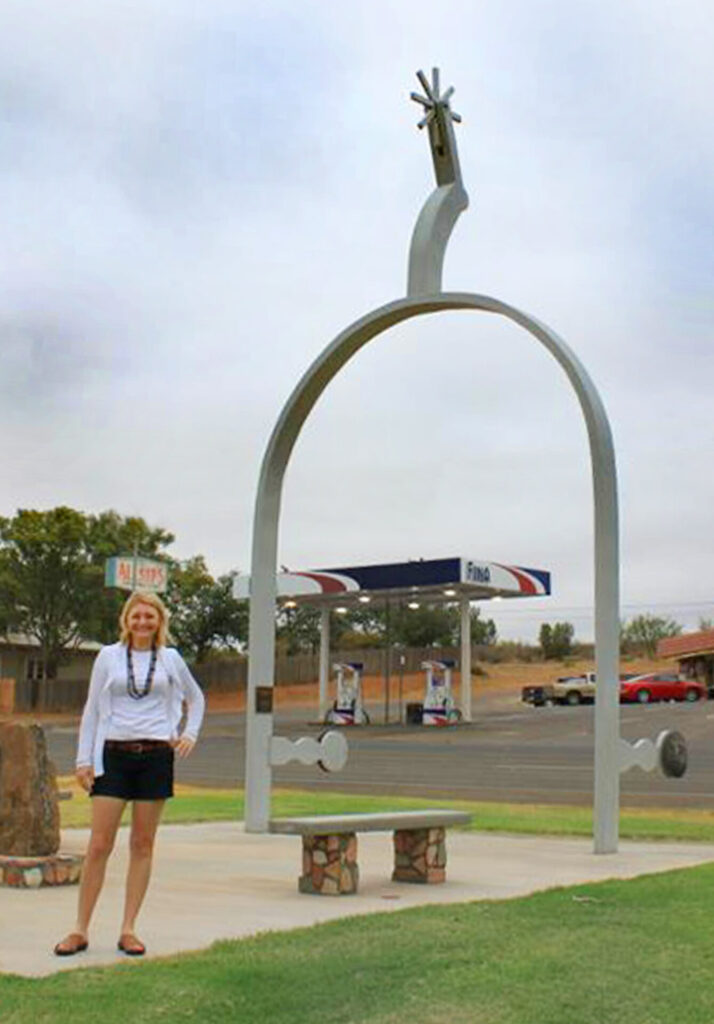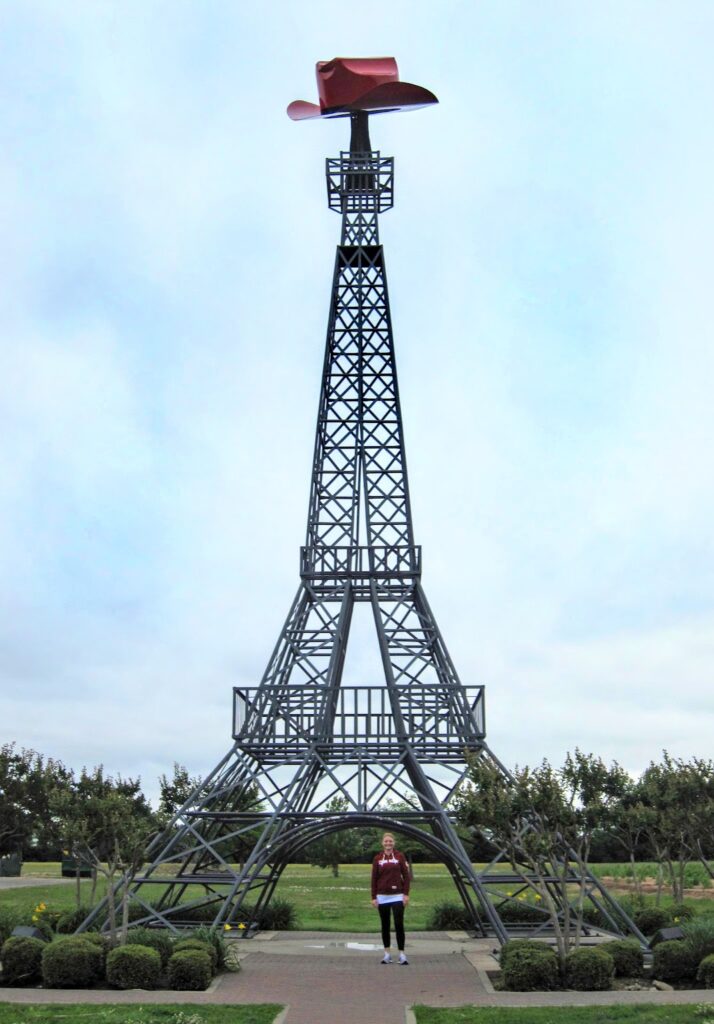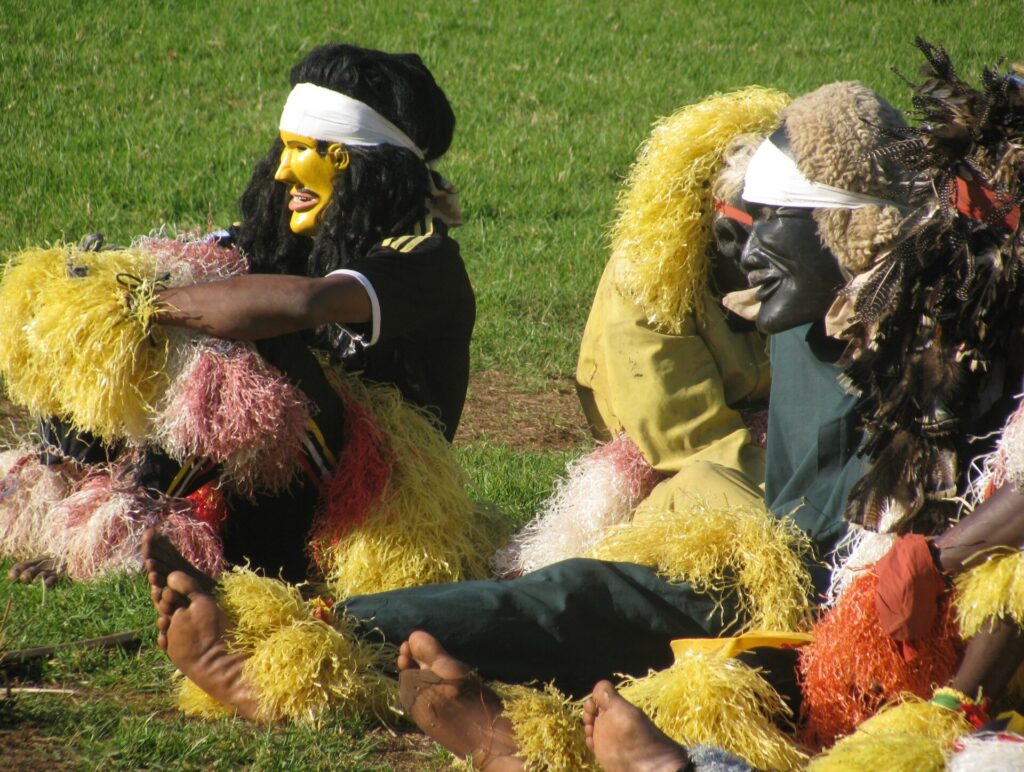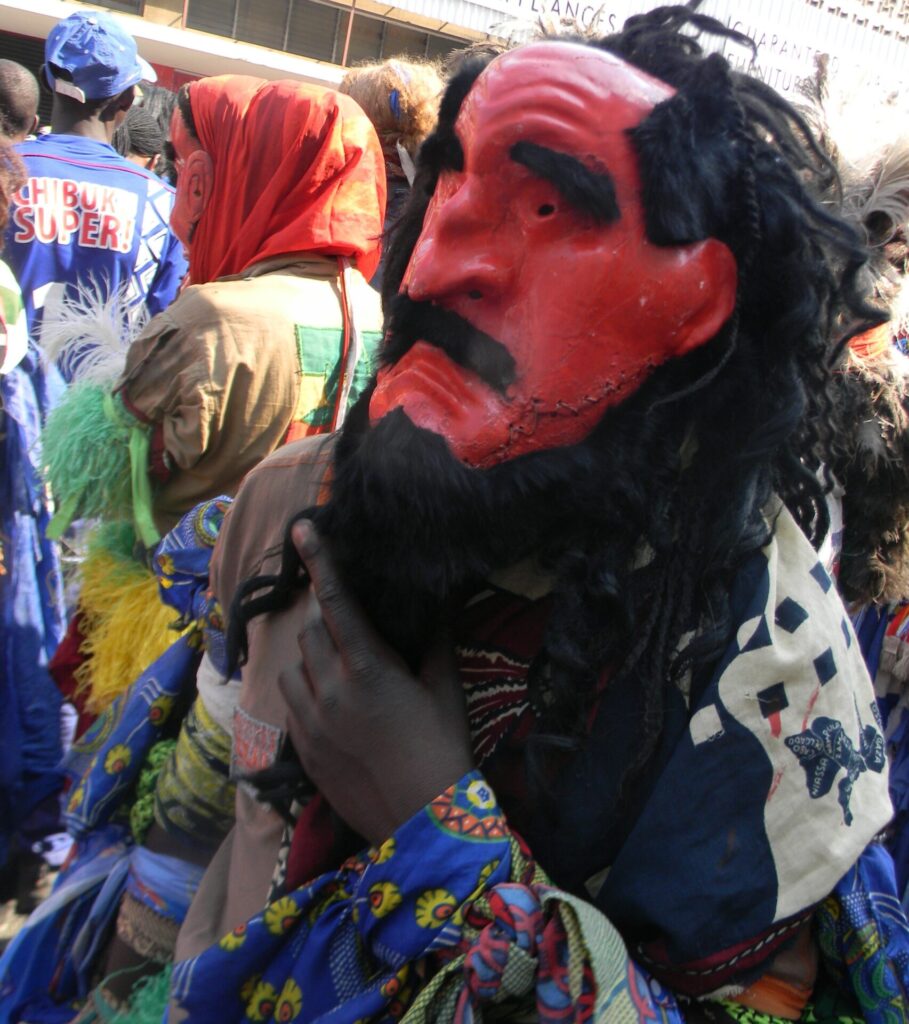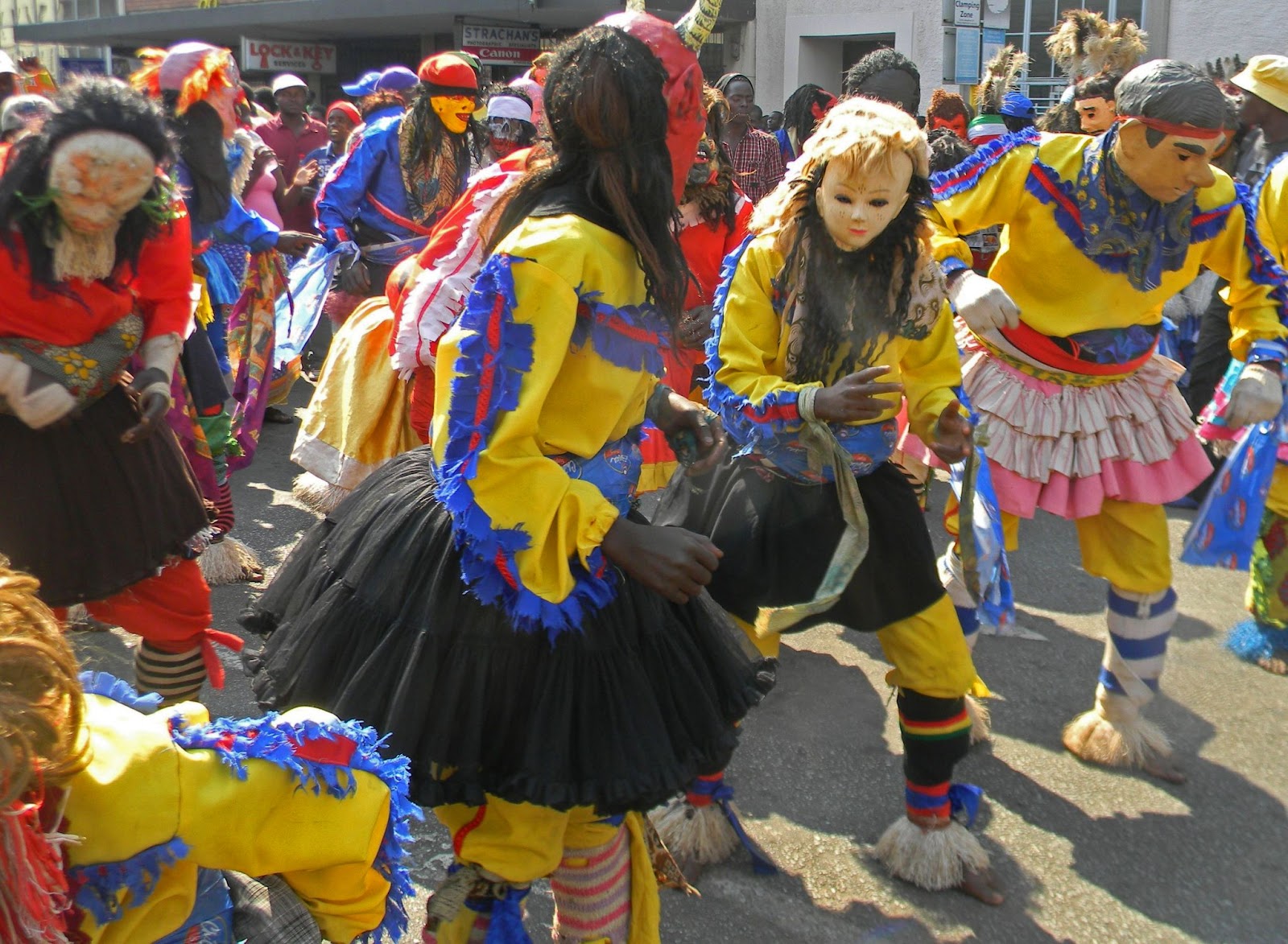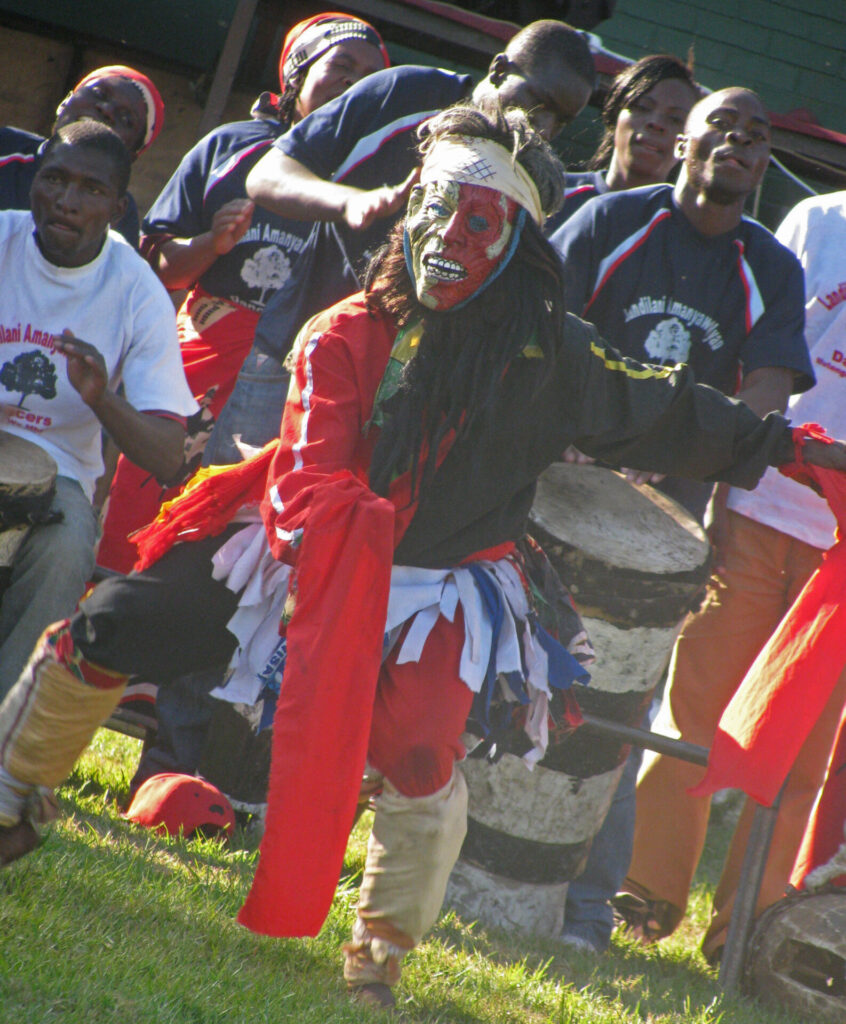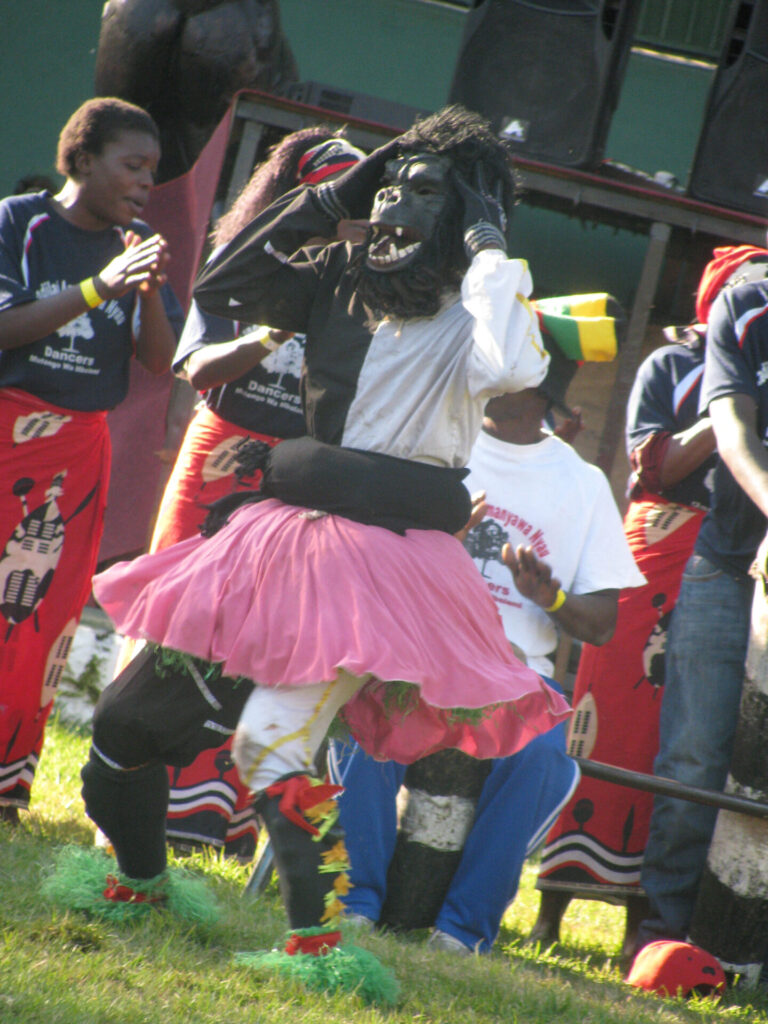For as long as I can remember, I have been enchanted by all things old and all things French – and anywhere that combines both of these is for me a sort of sanctuary. I think it began, many moons ago, on a school day trip from the UK to Boulogne. Surveying the wonders of a souvenir shop, I spotted one of those traditional ‘Breton’ bowls – each adorned with a different name in that distinctive swirly font – and was at once spellbound.
I can vividly recall tracing my fingers over its smooth, shiny surface, as the man there told me how they were used for drinking hot chocolate. I still have mine now – a childhood talisman connecting me with that magical day when I first visited the country I would eventually call home.
Of course, little could I have guessed back then that one day I would end up moving to France. Somehow, though, the stars aligned, and I now live in Paris, just to the north of Montmartre. What is more, a short stroll away is one of the most extraordinary assemblages of old French treasures anywhere – the famed flea market, the ‘Marché aux Puces’, at Saint-Ouen.
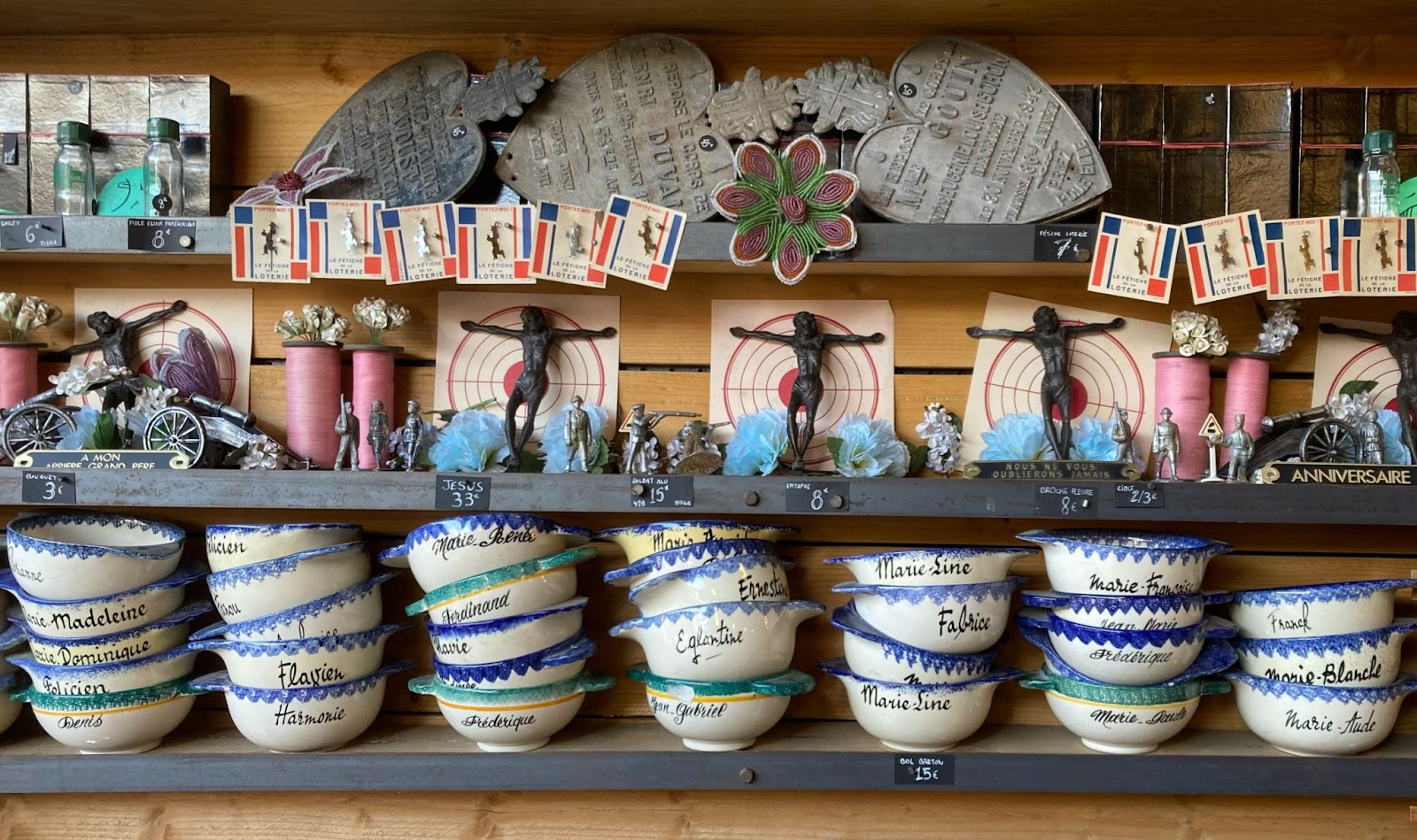
Originally dating back to the 1870s, it all started when the city’s ‘rag-pickers’, who trawled the streets searching for discarded items to sell, began setting up shop here. As word spread, bargain hunters arrived in ever-growing numbers – and, by the 1920s, the first organised market had taken shape. Today, the Marché aux Puces is widely regarded as the largest concentration of second-hand and antique dealers in the world.
While most people refer to the place as a single entity, this historic trading hub is actually made up of 12 individual markets, five shopping streets and a fair few hidden alleyways. Then there’s the vast array of ephemeral stall-holders, street-side traders and general wheelers and dealers trying their luck. In total, this sprawling, slightly chaotic and always serendipitous bazaar spans some seven hectares.
Given my love for old French curiosities, I suppose it’s no surprise that I find myself wandering this magnificent maze of markets almost every weekend. From sunburst mirrors and vintage haute couture to old postcards of Paris, and from Belle Époque furniture and monumental sculptures to the gargantuan gates of a long-forgotten château, every item tells a different story of a bygone era.
To my mind at least, there is truly no better, more tangible way to connect with the city’s past. Whereas at a museum, you’re not allowed to touch, here you can hold the capital’s history in your very hands.
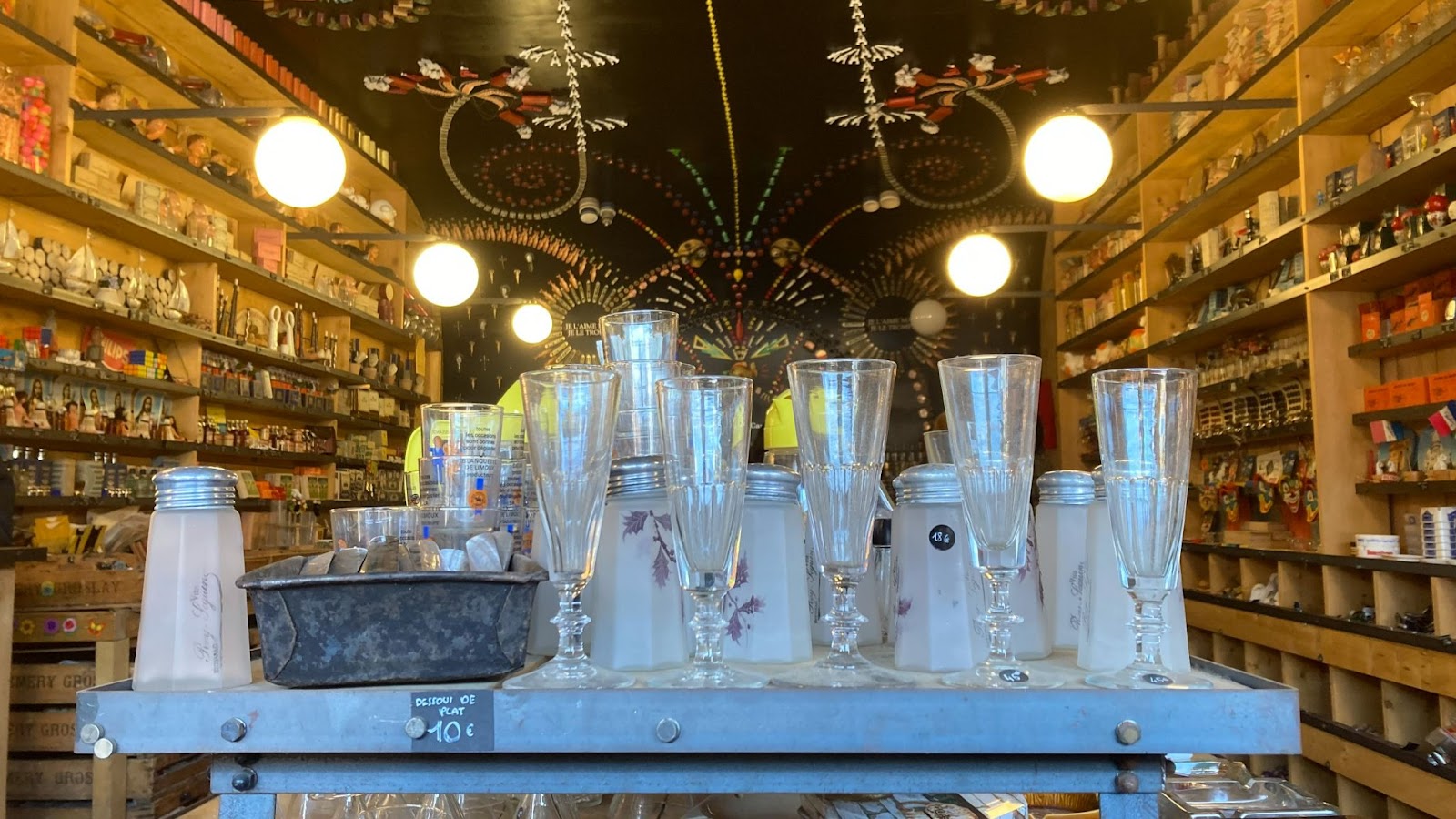
Before we get to that, though, it does help to know a few tricks of the trade. Although the market is open every weekend, the hours can change a bit according to the time of year. Also, with only one working cashpoint (that I know about anyway), the queue can be long. So, be sure to get money out beforehand, especially as some of the traders don’t take cards.
There are various ways to get here, including on foot, by bus or on the tram, though most people tend to roll up on Line 4 of the Metro, emerging outside the McDonald’s at Porte de Clignancourt. This can cause a bit of confusion for those expecting to find themselves among fancy French antiques. But cross the big road, skip the first ‘normal’ market on the left, head under the bridge, ignore the people trying to sell you fake perfume, and then you’re there.
Where you go from this point is entirely down to individual preference – or just follow your instincts. As the whole place has evolved organically, every one of the markets has its own distinct identity, each offers something unique and they all have their own special French charm.
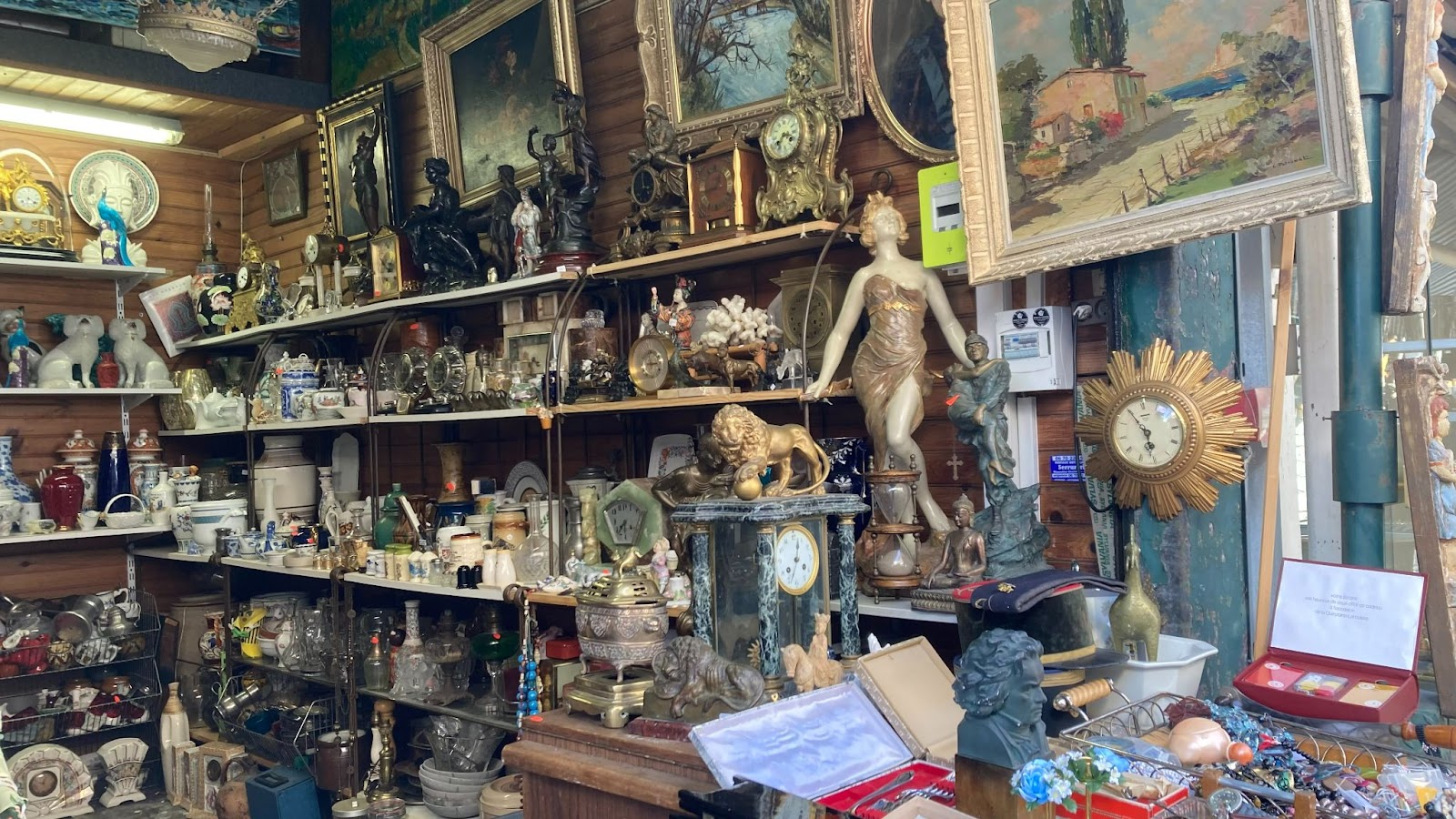
Certainly, there can be few better places to start than the outdoor market of Marché Vernaison, which is the oldest one of all, among the most expansive and feels a little bit like a French village. It’s also one of the best for finding small trinkets, so I like to just wander the narrow alleyways, seeing what catches my eye. One day it might be glass bottles from an ancient apothecary, another time a collection of hand-made paper flowers, or most recently I found myself captivated by a cascade of old ribbons and lace.
Then I might head over the road to the covered market of Marché Dauphine, a bit further on the left, which has a different feel altogether. Kind of like a giant warehouse, and home to a huge orange flying saucer (yes, really), it’s also a little bit more organised than some of the other markets. Among my favourite things here are the enchanting old postcards from the early 1900s that can be found among the ephemera upstairs.
For those wishing to push the boat out, Marché Biron, back on the other side of the road, is regarded as one of the most refined. Known for the exceptional quality of its merchandise, from glittering chandeliers and Renaissance paintings to antique furniture, it is a destination of choice for set designers, prop seekers and interior decorators – as well as the occasional celebrity. One time, we spotted Guillermo del Toro strolling past.
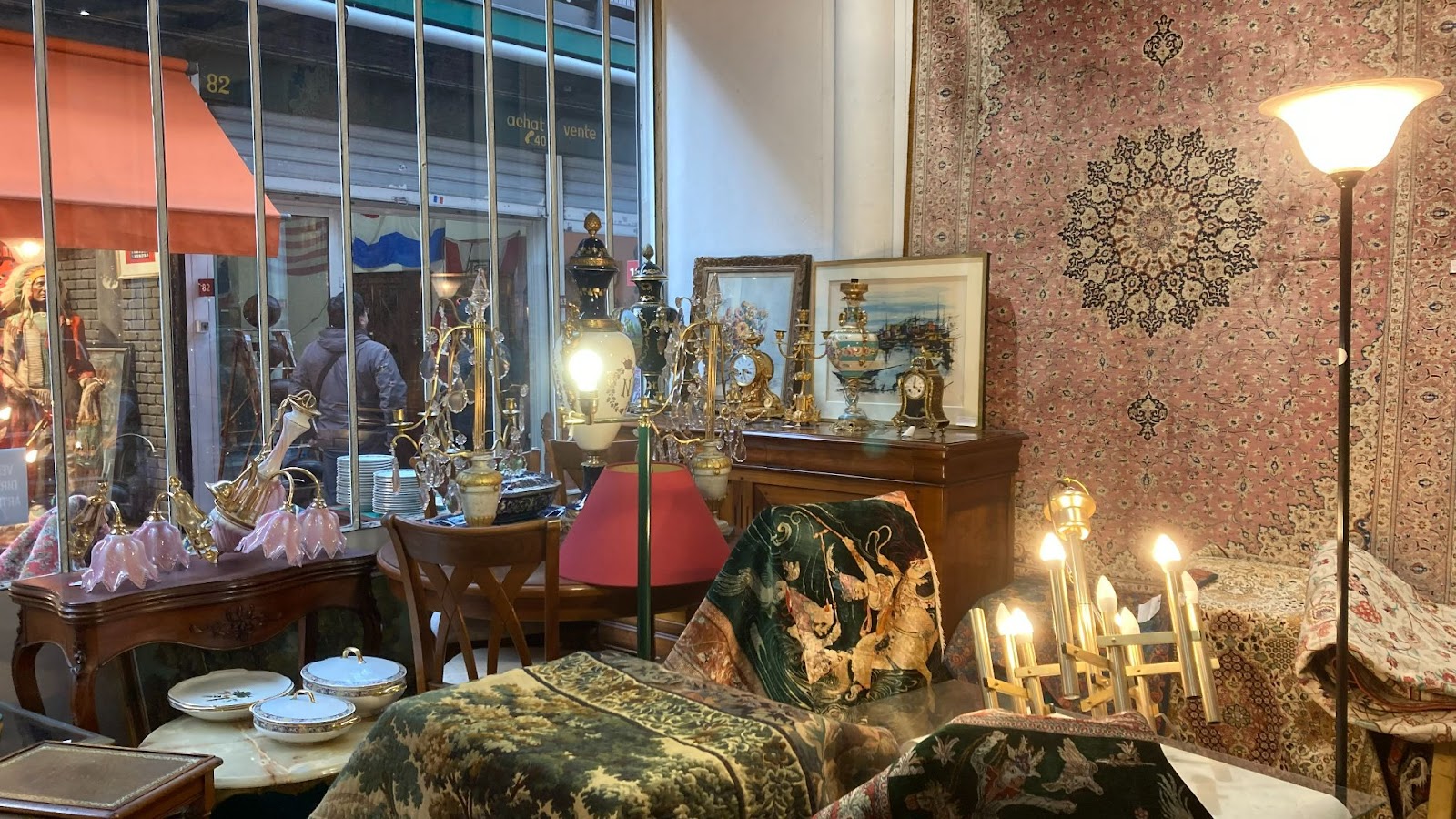
Wherever I end up, I will always pay a visit to see my friend, Mohamad, in his wonderful shop at the far end of Marché Dauphine. Hailing from Iran, he has travelled all over the world, curating the most splendid collection of rugs – each a tapestry of exquisite colours – as well as other small items that have piqued his interest. If he has time, we might also enjoy a coffee together from the place nearby.
Then there’s Francis, on the corner of Rue des Rosiers and Rue Voltaire, with his hand-lacquered furniture, vintage wooden boxes and iron coat-pegs, all spilling onto the street outside. He always has a friendly greeting for anyone passing by – and we all still miss his colleague, the equally affable Jean-Paul, who recently retired.
Because that’s the other thing about coming here. It’s not only a place to connect with the past, but also with the present, through the extraordinary people who work here. The dealers and the traders; the restorers and the repairers; the artisans and the antiquarians… they are the ones who bring it alive.
As for me, I’m still not quite sure what my own place is in all this. But I do know that the markets here have connected me with my adopted home in a way I could never have otherwise imagined. And I will always be grateful to that now slightly chipped, but always much-cherished, humble Breton bowl.

